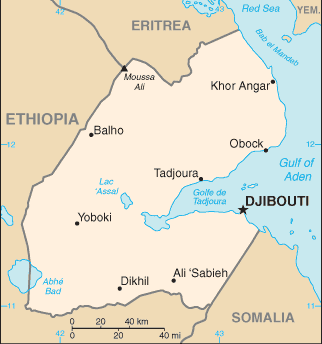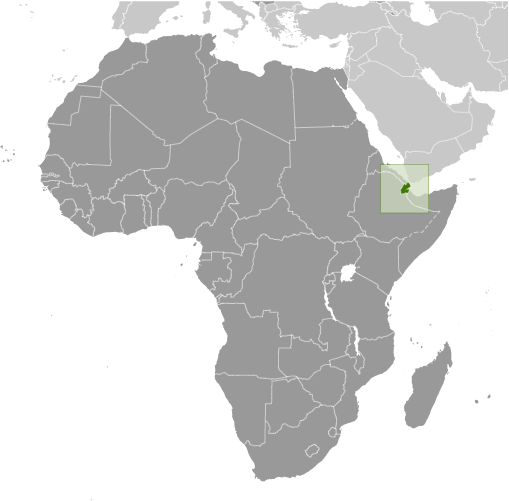Djibouti: if you’re pronouncing the name of this African country right, English-speaking people will raise their eyebrows.
Try it out – “dja booty.”
The word has had endless inappropriate puns associated with it.
But let’s move past the unusual name… to the unusual food situation. According to doctor’s without borders, less than 1/2 of 1 percent of the small, arid landscape can be farmed. As a result, most food is imported and expensive. I’ve read accounts of eggs costing seven dollars a dozen. Seven dollars!

Meals are a blend of Middle Eastern, Somali, French, and other regional influences.
Imagine slaughtering your own meat. Would you have the stomach for it?
In Djibouti, the practice is fairly common – meat is purchased “living” and then, when feast day arrives, the animal is slaughtered and prepared. Lamb is particularly popular and is served in association with special holidays such as the Islamic one, Eid al-Adha. The national dish, called Skoudekharis, is a one pot dish of rice and includes generous portions of lamb [Recipe].
I found an incredible blog by the mom of an American family living in Djibouti; her accounts of the food are worth repeating. Here is her account of a typical meal for Eid al-Adha:
Our neighbors downstairs brought us a plate of ambabuur, a sugary, fried sour pancake dipped in runny yogurt. For fourteen Eids now, they have brought us this breakfast and I am always thankful they do, though we can never eat all of it. But I’m grateful for how they include us and welcome us into their holiday. Whenever they slaughter a sheep they also bring us platters of brightly dyed rice, boiled sheep, spicy sauce and salad.
– Djibouti Jones
The brightly dyed rice is fairly common for festivals and lots of fun to make [Recipe]
Here’s another special meal – both the garoobey and the subag sounds fascinating:
On my right was the food table, cambaboor (a sort of sweet, fried, rancid pancake and sour yogurt), garoobey (like oats soaked in milk with cumin) and subag (runny butter cooked over charcoal and left buried in the ground to ferment).
–Djibouti Jones
Here are a few other day-to-day meals – love the term “grease-bomb” – Mr Picky would be all over that! The laxoox, however, is dear to my heart [Recipe]:
Shaah iyo furin or beer or laxoox for breakfast (tea and bread or liver or an injera-like flat bread), sugo or hilib iyo bariis for lunch (grease-bomb spaghetti or beef and rice), misir for dinner (beans), kalluun on Friday (fish). During holidays or in a particularly wealthy family, the menu may vary a bit more.
–Djibouti Jones
I get giddy inside when I come across these kinds of first hand accounts. They make me feel like I am sitting down for dinner in each of these countries. The bonus? Mrs. Jones is putting together a cookbook with her community in Djibouti. I, for one, am keeping my eyes on her blogspot!




14 Comments